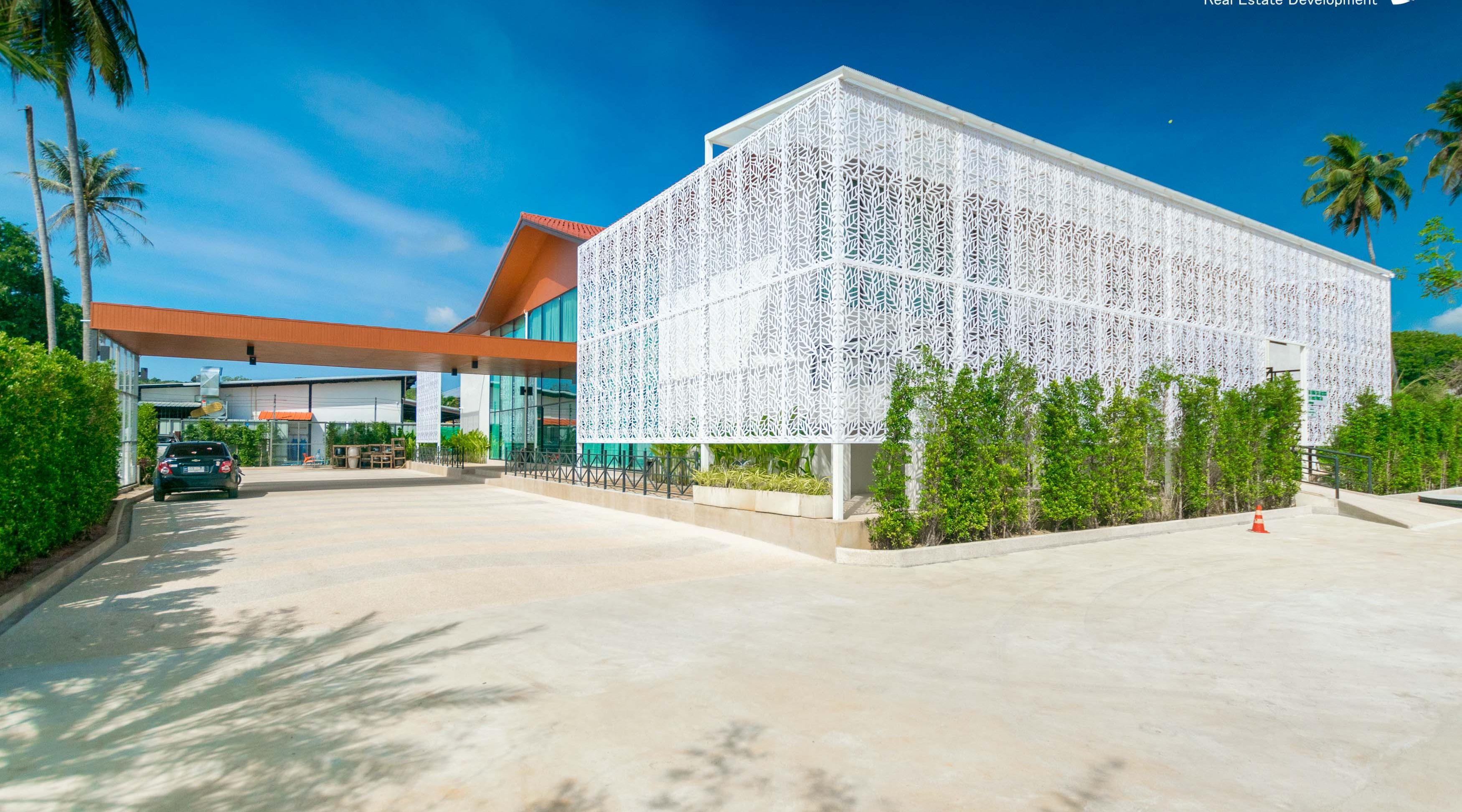
How To Manage High Blood Pressure During COVID
Let us understand what is blood pressure
Blood pressure is determined both by the amount of blood your heart pumps and the amount of resistance to blood flow in your arteries. The more blood your heart pumps and the narrower your arteries, the higher your blood pressure.
High blood pressure is a common condition in which the long-term force of the blood against your artery walls is high enough that it may eventually cause health problems, such as heart disease.
One of the most dangerous things about hypertension or high blood pressure is that you may not know you have it. In fact, nearly one-third of people who have high blood pressure don’t know it.
The higher your blood pressure levels, the more risk you have for other health problems, such as heart disease, heart attack, and stroke.
Your health care team can diagnose high blood pressure and make treatment decisions by reviewing your systolic and diastolic blood pressure levels and comparing them to levels found in certain guidelines.
Symptoms of high blood pressure
Most people with high blood pressure have no signs or symptoms, even if blood pressure readings reach dangerously high levels.
A few people with high blood pressure may have headaches, shortness of breath or nosebleeds, but these signs and symptoms aren’t specific and usually don’t occur until high blood pressure has reached a severe or life-threatening stage. However, here are some most likely symptoms of Severe High Blood Pressure:
- Severe headaches
- Nosebleed
- Fatigue or confusion
- Vision problems
- Chest pain
- Difficulty breathing
- Irregular heartbeat
- Blood in the urine
- Pounding in your chest, neck, or ears
High blood pressure usually has no warning signs or symptoms, and many people do not know they have it. Measuring your blood pressure level accurately is the only way to know whether you have high blood pressure.
What are blood pressure numbers?
Blood pressure is measured using two numbers:
The first number, called systolic blood pressure, measures the pressure in your arteries when your heart beats.
The second number, called diastolic blood pressure, measures the pressure in your arteries when your heart rests between beats.
If the measurement reads 120 systolic and 80 diastolic, you would say, “120 over 80,” or write, “120/80 mmHg.”
How to know if I have high blood pressure
There’s only one way to know if you have high blood pressure: Have a doctor or other health professional measure it. Measuring your blood pressure is quick and painless.
Talk with your health care team about regularly measuring your blood pressure at home, also called self-measured blood pressure (SMBP) monitoring.
High blood pressure is called the “silent killer” because it usually has no warning signs or symptoms, and many people do not know they have it.
| Blood pressure Levels | |||
| The Seventh Report of the Joint National Committee on Prevention, Detection, Evaluation, and Treatment of High Blood Pressure (2003 Guideline)2 | The American College of Cardiology/American Heart Association Guideline for the Prevention, Detection, Evaluation, and Management of High Blood Pressure in Adults (2017 Guideline)1 | ||
| Normal | systolic: less than 120 mm Hg diastolic: less than 80 mm Hg | Normal | systolic: less than 120 mm Hg diastolic: less than 80 mm Hg |
| At Risk (prehypertension) | systolic: 120–139 mm Hg diastolic: 80–89 mm Hg | Elevated | systolic: 120–129 mm Hg diastolic: less than 80 mm Hg |
| High Blood Pressure (hypertension) | systolic: 140 mm Hg or higher diastolic: 90 mm Hg or higher | High Blood Pressure | systolic: 130 mm Hg or higher diastolic: 80 mm Hg or higher |
If you are diagnosed with high blood pressure, talk with your health care team about your blood pressure levels and how these levels affect your treatment plan.
Risk factors
High blood pressure has many risk factors, including:
Ageing- The risk of high blood pressure increases as you age. Until about age 64, high blood pressure is more common in men. Women are more likely to develop high blood pressure after age 65.
Family history(genetic factors)– High blood pressure tends to run in families.
Being overweight or obese- The more you weigh the more blood you need to supply oxygen and nutrients to your tissues. As the volume of blood circulated through your blood vessels increases, so does the pressure on your artery walls.
Not being physically active- People who are inactive tend to have higher heart rates. The higher your heart rate, the harder your heart must work with each contraction and the stronger the force on your arteries. Lack of physical activity also increases the risk of being overweight.
Smoking Habits and Tobacco- Not only does smoking or chewing tobacco immediately raise your blood pressure temporarily, but the chemicals in tobacco can damage the lining of your artery walls. This can cause your arteries to narrow and increase your risk of heart disease. Secondhand smoke also can increase your heart disease risk.
Excess salt (sodium) in your diet. Too much sodium in your diet can cause your body to retain fluid, which increases blood pressure.
Too little potassium in your diet. Potassium helps balance the amount of sodium in your cells. If you don’t get enough potassium in your diet or retain enough potassium, you may accumulate too much sodium in your blood.
Alcohol abuse- Over time, heavy drinking can damage your heart. Having more than one drink a day for women and more than two drinks a day for men may affect your blood pressure.
If you drink alcohol, do so in moderation. For healthy adults, that means up to one drink a day for women and two drinks a day for men. One drink equals 12 ounces of beer, 5 ounces of wine or 1.5 ounces of 80-proof liquor.
Stress. High levels of stress can lead to a temporary increase in blood pressure. If you try to relax by eating more, using tobacco or drinking alcohol, you may only increase problems with high blood pressure.
Certain chronic conditions. Certain chronic conditions also may increase your risk of high blood pressure, such as kidney disease, diabetes and sleep apnea.
Sometimes pregnancy contributes to high blood pressure, as well.
7 ways to manage high blood pressure during Pandemic
1. Exercise regularly and increase the activity
In a 2013 study, sedentary older adults who participated in aerobic exercise training lowered their blood pressure by an average of 3.9 percent systolic and 4.5 percent diastolic . These results are as good as some blood pressure medications.
Regular physical activity — such as 150 minutes a week, or about 30 minutes most days of the week — can lower your blood pressure by about 5 to 8 mm Hg if you have high blood pressure. It’s important to be consistent because if you stop exercising, your blood pressure can rise again.
Here are some simple methods to Increasing your activity level:
- using the stairs
- walking instead of driving
- doing household chores
- gardening
- going for a bike ride
- playing a team sport
Just do it regularly and work up to at least half an hour per day of moderate activity.
2. Eat a healthy diet
Eating a diet that is rich in whole grains, fruits, vegetables, and low-fat dairy products and skimps on saturated fat and cholesterol can lower your blood pressure by up to 11 mm Hg if you have high blood pressure. This eating plan is known as the Dietary Approaches to Stop Hypertension (DASH) diet.
It isn’t easy to change your eating habits, but with these tips, you can adopt a healthy diet:
Keep a food diary- Writing down what you eat, even for just a week, can shed surprising light on your true eating habits. Monitor what you eat, how much, when and why.
Consider boosting potassium- Potassium can lessen the effects of sodium on blood pressure. The best source of potassium is food, such as fruits and vegetables, rather than supplements. Talk to your doctor about the potassium level that’s best for you.
Be a smart shopper- Read food labels when you shop and stick to your healthy-eating plan when you’re dining out, too.
3. Lose weight if you’re overweight
Blood pressure often increases as weight increases. Being overweight also can cause disrupted breathing while you sleep (sleep apnea), which further raises your blood pressure.
If you’re overweight, losing even 5 to 10 pounds can reduce your blood pressure. Plus, you’ll lower your risk for other medical problems.
A 2016 review of several studies reported that weight-loss diets reduced blood pressure by an average of 3.2 mm Hg diastolic and 4.5 mm Hg systolic.
4. Stop smoking
Each cigarette you smoke increases your blood pressure for many minutes after you finish. Stopping smoking helps your blood pressure return to normal. Quitting smoking can reduce your risk of heart disease and improve your overall health. People who quit smoking may live longer than people who never quit smoking.
The chemicals in tobacco can affect your blood vessels even if you’re around secondhand smoke. A study showed that children around secondhand smoke in the home had higher blood pressure than those from non-smoking homes.
5. Reduce excess stress
Take some time to think about what causes you to feel stressed, such as work, family, finances, or illness. Once you know what’s causing your stress, consider how you can eliminate or reduce stress.
There are lots of different ways to successfully relieve stress, so find what works for you. Practice deep breathing, take a walk, read a book, or watch a comedy.
6. Try to fill your sleep quota with restful sleep
Your blood pressure typically dips down when you’re sleeping. If you don’t sleep well, it can affect your blood pressure. People who experience sleep deprivation, especially those who are middle-aged, have an increased risk of high blood pressure.
For some people, getting a good night’s sleep isn’t easy. There are many ways to help you get restful sleep. Try setting a regular sleep schedule, spend time relaxing at night, exercise during the day, avoid daytime naps, and make your bedroom comfortable.
7. Drink alcohol in moderation
Drinking more than moderate amounts of alcohol can actually raise blood pressure by several points even if you are healthy. It can also reduce the effectiveness of blood pressure medications.
It’s important to drink in moderation. Alcohol can raise your blood pressure by 1 mm Hg for each 10 grams of alcohol consumed. A standard drink contains 14 grams of alcohol.
What constitutes a standard drink? One 12-ounce beer, 5 ounces of wine, or 1.5 ounces of distilled spirits.
“Moderate drinking is up to one drink a day for women and up to two drinks per day for men”
Monitor your blood pressure at home and see your doctor regularly
Home monitoring can help you keep tabs on your blood pressure, make certain your lifestyle changes are working, and alert you and your doctor to potential health complications. Blood pressure monitors are available widely and without a prescription. Talk to your doctor about home monitoring before you get started.
Reference:
All India Institute of Medical Science (AIMS) Delhi reported underlying health conditions or comorbidity in 98.5 percent of coronavirus patients admitted to hospital in September for treatment with hypertension.
Report reference ( https://health.economictimes.indiatimes.com/news/industry/hypertension-most-common-comorbidity-among-covid-patients-aiims-doctor/78161926)
There is a serious association between comorbidity and coronavirus infection. According to public health experts, patients with hypertension, diabetes, coronary heart disease, chronic obstructive lung disease, carcinoma or chronic kidney disease are more likely to develop the disease.
Hypertension is defined as blood pressure above 140/90, and is considered severe if the pressure is above 180/120. High blood pressure often has no symptoms. Over time, if left untreated, it can cause health problems, such as heart disease and stroke.
During the period from June to October 2020, Sprint Medical (telehealth provider in Allahabad) has made 300 inquiries with diabetes and other chronic diseases with joint hypertension issues and most of these complaints have increased between this period. Sprint Medical has consulted these patients through its e-clinic and has provided online counseling to patients located in villages and patients not able to travel.




